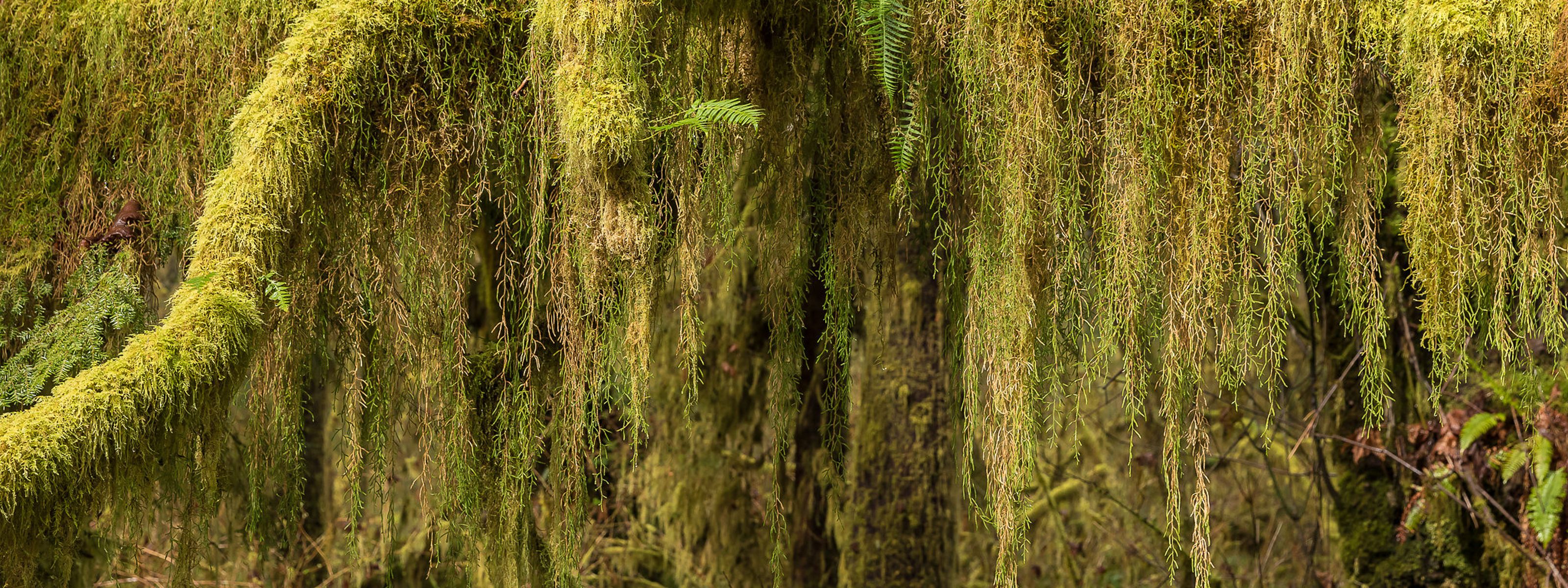When Restoration Gets Explosive
By Molly Bogeberg, Amber Parmenter, Randi Shaw and Emily Howe
The Nature Conservancy in Washington tests explosives as a way to create and reconnect estuary channels at our Port Susan Bay estuary preserve, creating healthier habitat with fewer long-term consequences for the ecosystem than traditional methods.
Using dynamite for restoration may seem like a paradox, but at TNC’s Port Susan Bay Preserve, we explored dynamite as a way to create estuary channels. The inspiration behind this method was to see if explosives could reduce the ecological impact of channel creation in comparison to using heavy machinery.
From the Ground Up
In 2012, TNC took the first step toward restoring the Port Susan Bay estuary by reconnecting agricultural land to the sea, allowing the land to be re-flooded and returning estuary habitat to the lower Stillaguamish River Delta.
Marsh plants established themselves at the site and along with them came birds, fish, crabs and other estuarine species. After five years of post-restoration monitoring, however, the site was not functioning as we’d hoped. Estuary channels that serve as important fish habitat were not forming deep and connected systems due to years of agricultural activities that had compacted the soils. Freshwater flow from the Stillaguamish River was still restricted, and fish access was limited. A team of TNC scientists, restoration practitioners, land stewards and community partners were compelled to enter a second phase of restoration to improve the fish and wildlife habitat and climate resilience by creating deep, interconnected channels.

Over the years, a thick, muddy sediment layer has formed, making it challenging to access the site with traditional restoration equipment and machinery. Heavy equipment like excavators, that are typically used to create channels at restoration sites, further compact the marsh surface, trample vegetation and can sometimes sink and get stuck in mud, wreaking havoc on restoration sites and habitat recovery.
As TNC and partners searched for ways to reduce impact to the existing estuary habitat for a second phase of restoration, we came across the idea of using explosives for restoration. The concept was to reduce the need for heavy equipment by working with trained professionals to blast a series of craters into the marsh surface that would connect together, forming channels.

Launch Pad and Learning Space
A key piece of TNC’s stewardship ethic is the idea of our preserves as living laboratories for restoration innovation. While there were risks to pursing the blasting method, the potential ecological and feasibility benefits outweighed the concerns. After discussing the method with restoration engineers, practitioners and our community partners, TNC embarked on a two-year permitting journey to test the use of explosives for restoration, which we’ve termed “controlled blasting.”
Many of our partners throughout the Whidbey Basin encouraged us to pursue the method, each identifying sites of their own that could potentially benefit from this approach. They were particularly interested in furthering our collective understanding of a method that could possibly reduce the long-term ecological impacts of construction at a sensitive marsh site, deliver a safer option for equipment operators in inundated sites and produce potential cost savings. They were also curious to see how we would navigate the complex permitting process.
In late July 2022, we received word that our final permit was approved. We reached out to our local restoration and community partners and alerted our blasting experts to begin preparations for the test blast and the intensive monitoring that would accompany it. The test blast would occur a couple weeks later on August 11th.

The day before the blast, our engineers staked out the location for the 100-ft channel.

The day of the blast, monitoring sensors were placed throughout the blast area to monitor air overpressure, adjacent in-water pressures and ground vibrations. After the blast, measurements were used to develop attenuation models, which show how the blast impacts the surrounding environment and are important tools for planning and executing blasting activities to protect structures and, in our case, wildlife.
Blasting contractors drilled holes in the sediment in five different arrangements to test the effects of using different amounts of dynamite. The intent was that the five blasting segments would detonate separately, allowing monitoring equipment to capture data about each segment.

Boom Goes the Dynamite
To the surprise of the blasting experts and those observing, the detonation was larger than predicted. The width of the channel was about double the size of what we had planned.
After reviewing the drone footage and data from the monitoring equipment, we understood that a detonation shock wave caused most of the explosives to detonate simultaneously rather than in five separate blasts—this is called a “sympathetic detonation.”

While our test didn’t go exactly as planned, the results helped us understand how we could use blasting to reduce impacts to the marsh surface while improving efficacy and precision of channel restoration.

Results and Takeaways Pour In
Some of our most promising results include:
- A small section of the blast that did detonate as planned provided reliable data for creating attenuation models. The attenuation models developed from the pressure and vibration data can be used to calculate the proper amount of explosives needed to meet channel design specifications while keeping within safe limits for wildlife.
- Hazing birds from heavily vegetated areas with firecrackers seemed to produce good results. Purple martins nesting nearby survived, and parents returned to nests immediately after the blast.
- Controlled blasting has the potential to provide significant ecological benefits to marsh restoration, particularly because blasting can excavate a broad network of smaller channels without tracking heavy equipment across the marsh surface.
- The wide sediment splay from the blast was a welcome change from traditional excavation, allowing plants to be uncovered within a few tidal cycles rather than the slower rate of colonization and associated regrowth of plants trampled by traditional excavators.
- Eight months after the test blast, the channel edges have smoothed from tidal exchange, but the channel has maintained its overall form.

Lessons for Future Consideration
We also discovered some drawbacks:
- We learned that walking in the marsh and hand-drilling blasting holes was time consuming and labor intensive—even with a crew of 16 individuals! Transporting explosives with a small vehicle could reduce the amount of effort needed to deploy the dynamite.
- Using floating excavators or amphibious vehicles that exert a lower pressure on the marsh surface are likely necessary for carving larger channels. With our current restoration design and the global market price of explosives, blasting is unlikely to produce cost savings compared to traditional equipment.
- The permitting and post-blast monitoring requirements are extensive, adding significant extra time and expense to the project.
Due to the additional permit requirements involved in using a blasting approach, TNC will be moving forward with restoration at Port Susan Bay without blasting at this time. However, the learnings from this test blast will serve as a baseline of information that can be used by TNC and others in future estuary restoration projects.
Help Support Our Work Today
Your donations can help us continue our groundbreaking work.
Support Our WorkWe Can’t Save Nature Without You
Sign up to receive monthly conservation news and updates from Washington. Get a preview of Washington's Nature News email.




